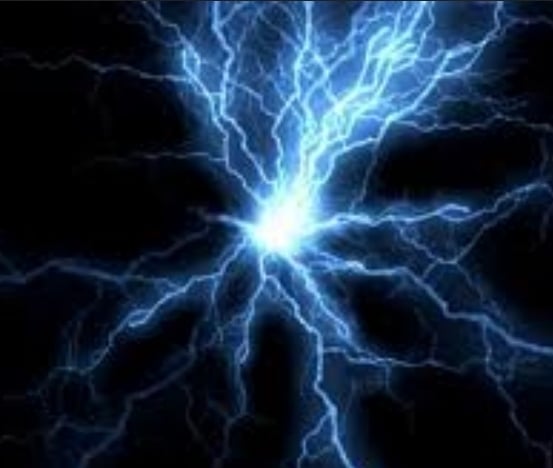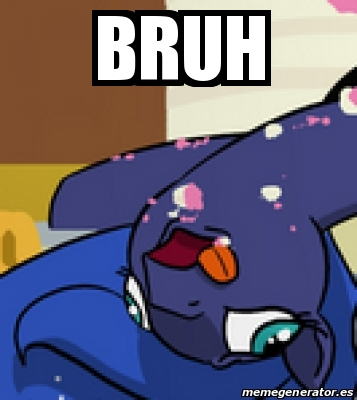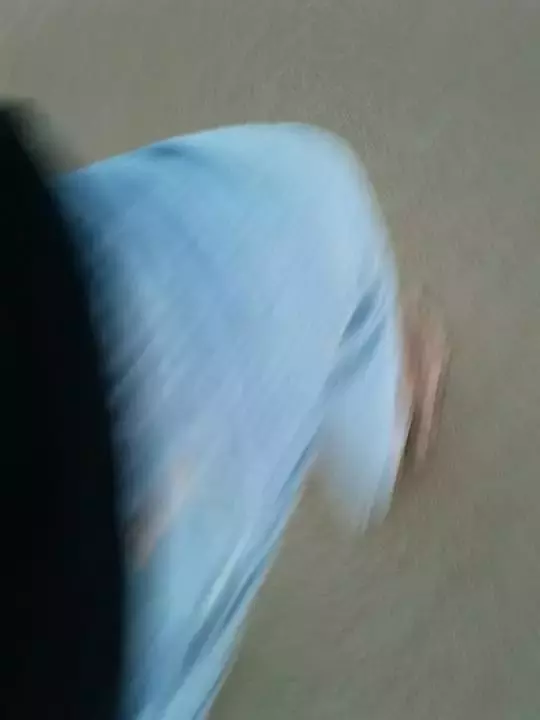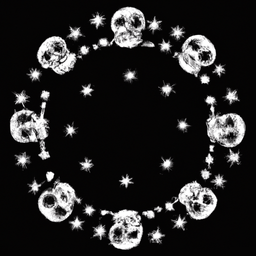At work we somehow landed on the topic of how many holes a human has, which then evolved into a heated discussion on the classic question of how many holes does a straw have.
I think it’s two, but some people are convinced that it’s one, which I just don’t understand. What are your thoughts?
A straw is geometrically the same as a circular piece of paper with a z depth of zero and a hole in the middle. Because the z depth is zero there is only one hole. As you add thickness the one hole remains. Therefore, a straw has one hole.
so, using this logic, how many holes does a human have? 2? 2 1/2?
deleted by creator
I counted the ears as 1 hole and the rest as another. Like If I put food in my ear it wont come out through the mouth or urethra.
Edit: I was wrong, the ears are indeed conected to the nasopharynx and I didn’t know that.
- Two ears, two eyes, two nostrils, one mouth, all connected to the anus.
ears? tell me this story…
You have to rip through a membrane unless you’ve had tubes implanted for the ears I think?
Yes I google it and discovered my mistake
I’m a weirdo who learned how to ‘click’ their ears (opening eustachian tubes on demand) on their own possibly before Google existed, and have done a little research between now and then :p
If you make the straw less long, it’s a donut. And a donut obviously has 1 hole. So a long donut only has one hole. Q.E.D
I didn’t expect all the other comments to also use donuts to explain this
Classic topology question. Absolutely one hole; it goes all the way through.
Of course, connotatively, two is a fine assessment, but not in topology.
How many holes does a donut have? Now just try to image the real difference between a straw and a donut. Is there one, aside from deliciousness?
Deliciousness here is only limited by bravery.
Taste. Edibility is relevant to bravery, not enjoyability.
That’s nice but topology is quite removed from everyday language. A hole in the ground is a hole.
I completely agree. That’s what I’m saying. Topologically if you dig into the earth with a shovel, it hasn’t changed at all; there is no hole, but connotatively there clearly is.
And what I’m saying is that answering this with topology is quite misplaced because topology explicitly doesn’t deal with physical objects, ever. It uses very specific abstract definitions which cannot apply to everyday life.
That is not to say it isn’t useful. It’s an amazing discipline with wide applications, but answering questions about the properties of physical objects is not its intended use.
How many holes does a donut have?
Now make the donut higher. A lot higher. Now you have a donut-tunnel. Now make the walls thinner. Now shrink it. Now you have a straw.
One hole.
This seems overly reductionist to the point where I could just as easily describe my mouth and my anus as the same hole.
Yeah, that’s a concept that gets covered extensively in anatomy, immunology, and microbiology. It’s called “the donut model”. This is not a joke. It clearly shows how your digestive system is exposed to the outside world, similar to skin. You can obviously see why this is important immunologically, since germs can just get into the mouth/butthole in a way that they can’t penetrate skin.
It’s one long hole.
It’s perfectly reductionist. You have defined our biology in exactly the same way medical texts do.
Yes. It’s called the gastrointestinal tract.
Now you’re getting it!
that is actually the case. there is an unimpeded path from your mouth to your anus
Because they are the same hole. Welcome to topology
I understand geometrically they have the same number of holes but in my head straws still have two holes because they have an “inside” so both entrances to the inside have to be a hole.
That’s because a straw has two more holes than a sphere.
Now take that straw and tie a knot in the middle of it.
It has one hole. While it appears to have two holes, if both are closed, you get a hollow sphere, which has -1 holes.
Poop. Beans. Here come the holes.
It’s just one long hole.
yup, answer is 1
Mathematically It’s one. Think of a disk, like a CD, does it have one hole or two? One, right? Now imagine you can make it thicker, I.e. increase the height, and then reduce the outer radius… Making it progressively more straw-like. At what point does it stop having 1 hole and begin to have 2?
Topologically they’re the same shape.
I’m sure Matt Parker has a video on this topic in YouTube. Here
The specific field is topology fyi
If I dig a hole, how many holes is it?
Zero unless you reach Australia
Holes in the hole? 0
Holes in the top layer of the ground? 1
Hopefully none, it won’t work well if there are holes.
I can’t wait for Super AI to help humankind resolve these existential issues once and for all.
1 ‘hole’ if you can call it that. Imagine if the straw started life as a solid cylinder and you had to bore out the inside to turn it into a straw: if that were the case, you would drill 1 hole all the way through it.
Another analogy is a donut. Would you agree that a donut has just 1 hole? I would say yes. Now stretch that donut vertically untill you have a giant cylinder with a hole in the middle. That’s basically now just a straw. The fact you stretched it doesn’t increase the number of holes it has.
So as you begin to bore, that is one hole. But when you go through the other side, you have in fact made two holes. I think a donut can actually be thought of either as one hole or two holes, or more correctly; two holes that are the same hole.
Back to the straw; if you make another hole in the side of the straw half way up, would it still have one hole? Or two holes? Or three holes?
A bit like thinking of the human digestive tract, most of us would agree that your mouth is a different hole to your anus, but we agree that they are in two ends of the same system
Imagine if the straw started life as a solid cylinder and you had to bore out the inside to turn it into a straw
This would mean a straw has a hole, yes. It would be like a donut indeed - donuts are first whole, then have the hole punched out of them. This meets a dictionary definition of a hole (a perforation). A subtractive process has removed an area, leaving a hole.
But straws aren’t manufactured this way, their solid bits are additively formed around the empty area. I personally don’t think this meets the definition.
Your topological argument is strong though - both a donut and straw share the same topological feature, but when we use these math abstractions, things can be a bit weird. For instance, a hollow torus (imagine a creme-filled donut that has not yet had its shell penetrated to fill it) has two holes. One might not expect this since it looks like it still only obviously has one, but the “inner torus” consisting of negative space (that represents the hollow) is itself a valid topological hole as well.
On the matter of the doughnut: If you make them at home, you’re almost always just rolling a cylinder and then making it a circle. I have never actually punched a hole out of a doughnut. That would mess up the toroidal shape.
But also: So you’re saying a straw has 0 holes?
Maybe she’s not, but I am. An intact straw has zero holes. If you stick a pin in the side, it has one. If you stick a pin all the way through, it has two.
Relevant Vsauce video https://youtu.be/egEraZP9yXQ
Does a doughnut have two holes?
Because a straw is just an elongated doughnut.
How many holes does a rubber band have? A donut?
Topologically a rubber band, a donut, and a straw have the same number of holes. The hole at either end of the straw is just a continuation of the same one hole.
By that argument your mouth is a continuation of your asshole… No offense.
I mean… yeah
Judging by what this video by Vsauce about how many holes a human has it should be one in a straw. A straw is basically just a long doughnut and there’s one hole in those.










